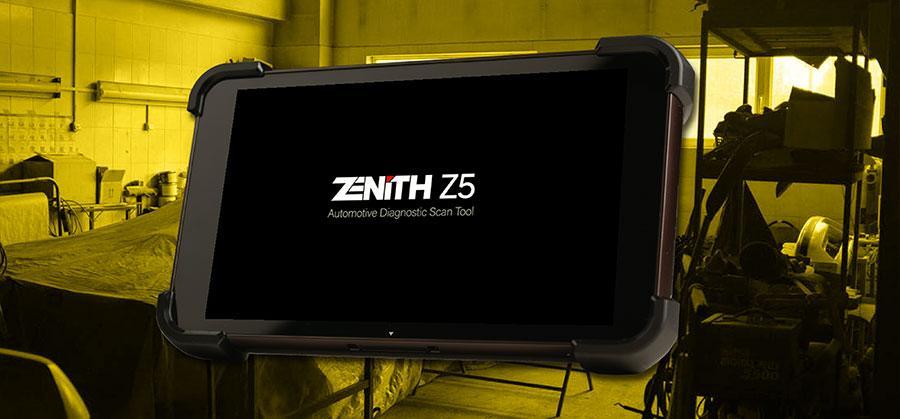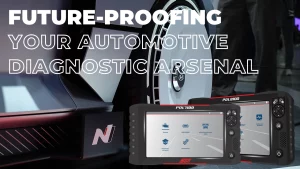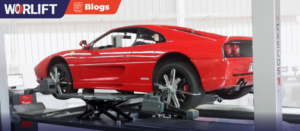BLOG
Multibrand Diagnosis Machine

- October 1, 2021
- 5:13 pm
One of the most common and important tools for every automotive repair shop has to be the scanner, a piece of computerized diagnostic equipment that is used both at the beginning and at the end of any repair procedure.
What are the advantages of a Multi-brand Diagnostic Machine?
A profitable mechanical workshop tends to serve vehicles of different brands, and buying a scanner for each brand tends to be very expensive, in addition to the fact that original machines need a license that must be renewed every year, so a multi-brand diagnostic machine ends being a much more profitable and practical solution for automotive workshops.
How do these machines work?
The interface of these multi-brand scanners includes a program for each brand that is incorporated, as well as generic diagnostic modes such as EOBD. In this way, the equipment emulates the original diagnostic software for each brand, accessing the necessary functions to carry out repairs in the workshop. These functions are:
- Reading and Erasing Fault Codes,
- Reading engine operating data.
- Access to the different modules or control units of each brand Eg ABS, EPS, AIRBAG.
- Switchboard programming.
The method to develop these functions is the following:
- Connect the diagnostic equipment to the 16-pin OBD cable.
- Link the machine with the control unit through the 16-pin connector.
- Automatically the machine receives 12V power.
- Access to data reading by EOBD or by manufacturer access.
- Reading fault or fault codes.
- System checks.
It must be taken into account that these machines are powered by the car battery, so if the repair is going to take a long time, it is recommended that a charge stabilizer be connected to the local power supply.
Currently, there are three types of machines to diagnose modern cars.
- Code readers: Basic equipment, which read and can erase fault codes. Sometimes these teams access control units other than the engine.
- Complete multi-brand equipment: Equipment that has hardware and software adapted to the context of the mechanical workshop, so that no additional equipment is necessary to access the programs, in addition to being versatile.
- Interface and PC – Laptop: This type of machine uses an interface (Hardware) to communicate with the switchboard, but the software requires an external computer where it is installed.
Share:
More to explorer

Future-Proofing Your Automotive Diagnostic Arsenal: Trends in Scanner Technology 2024


